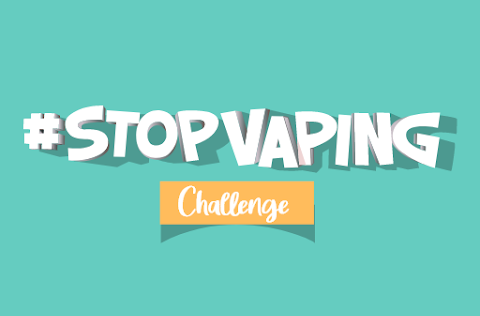Abstract
This study examines whether access to alcohol and tobacco around the school relates to higher or lower odds of cigarette smoking and binge-drinking among Ontario high school students. The 2013 Ontario Student Drug Use and Health Survey provides data on self-reported smoking and drinking, individual covariates and subjective socio-economic status for 6142 students (grades 9–12) in Ontario, Canada. Locations of schools were geocoded and 1.6 km network buffers defined the school neighbourhoods. Multi-level logistic regression examines individual and school neighbourhood factors with smoking and binge drinking as the dependent variable. Higher density of retail outlets increased the odds of smoking, but not the odds of binge-drinking. Older age, lower SES and being male increased the odds of smoking; while older age and being male also increased the odds of binge-drinking. Lower SES and higher population density decreased the odds of binge-drinking. Proximity to tobacco and alcohol outlets was not significant. Findings showed that a greater number of outlets in the school neighbourhood is significantly associated with higher odds of smoking, but not binge-drinking. School neighbourhood access to tobacco outlets should be considered when formulating policy interventions to reduce smoking for adolescents.
Author(s): Kristian Larsen, Teresa To, Hyacinth M. Irving, Angela Boak, Hayley A. Hamilton, Robert E. Mann, Robert Schwartz, and Guy FaulknerDate: September 2017
Type of Publication: Journal Article


 Download directly from your phone’s app store, or through the following links:
Download directly from your phone’s app store, or through the following links: 




